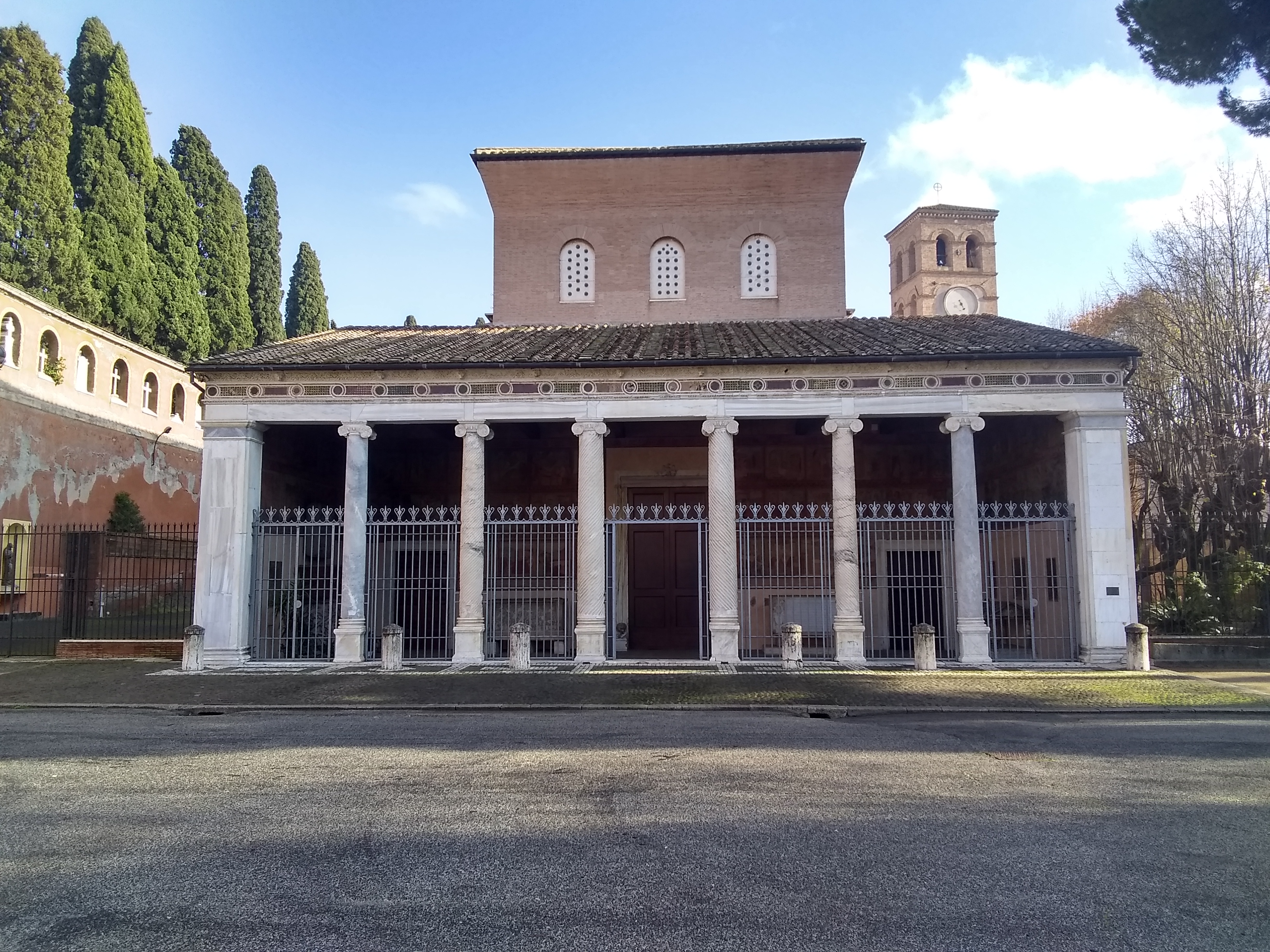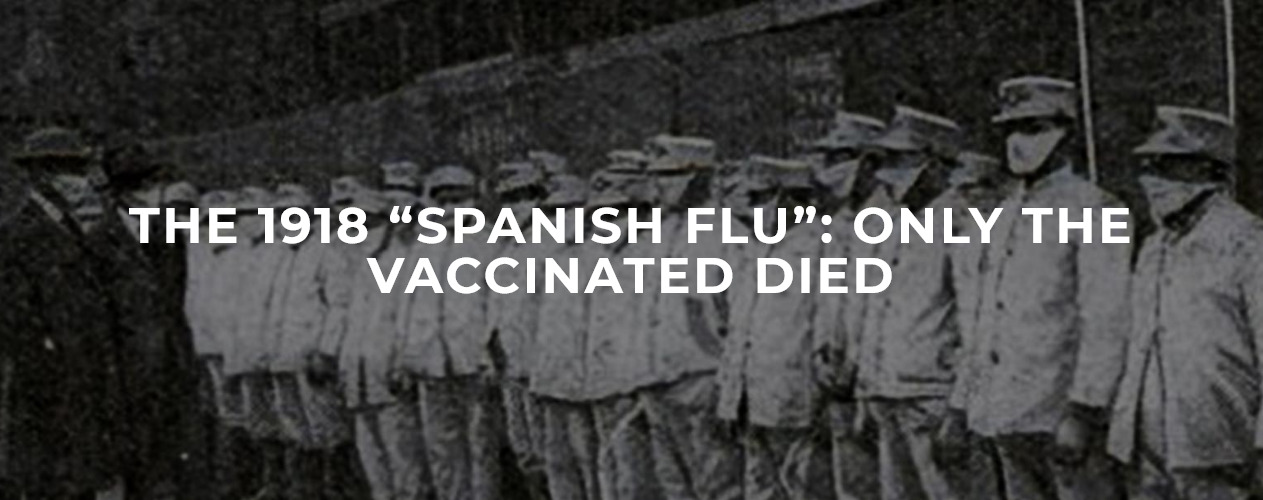https://twitter.com/MilitarisCath/status/1425184763569188872
Daily Archives: August 10, 2021
To Maintain the Narrative, Biden regime is treating US Citizens in Prison like Islamic Terrorists
How long will those who were Vaxxed with Graphene Oxide live?
Pope Benedict XVI was pressured to resign by the Prussian Masonic Lodges
by Br. Alexis Bugnolo
One of the yet uninvestigated aspects of the Vatican coup d’etat of February 2013 — which saw Pope Benedict XVI forced from power and Jorge Mario Bergoglio (whose own security chief in Argentina declares is a Freemason) installed to the acclaim if all the Church’s enemies– is the role that financial institutions had in pressuring Benedict XVI to resign.
I have previously reported on the connections between the Mafia of St. Gall — the name given by Cardinal Godried Danneels to the group of Bishops who met yearly in that Swiss Town to plot the takeover of the Vatican since 1992 — and those snarky ATMs which stopped working the month before Pope Benedict XVI read out his invalid formula of resignation.
But what has not yet been shown is the direct ties between the financial institutions involved in pressuring the Vatican prior to Benedict XVI’s “resignation” and the German Masonic Order.
The two pressure points were the ATMs and the Swift banking system. The ATMs stopped working at the beginning of January, 2013. Without these in operation, the thousands of daily tourists and pilgrims wanting to get cash to visit the Vatican Museums — the chief source of Vatican income — was blocked totally.
The other was the SWIFT banking system, which alleged improprieties in the accounting at the Vatican Bank (whose realy name is the IOR, or Institute for Religious Works) and by this means justified stopping all bank wires from its system (USA/UK) to the Vatican Bank. Since some 80% of all donations received by the Vatican come from Banks in the Swift system, this was the most significant financial pressure placed on the Vatican. The Vatican bank had been laundering CIA monies since 1945, and everyone in the financial world new it, especially the Banks in New York City, so it was an easy charge to make.
But let’s see the history of the Banks and persons involved in pressuring Pope Benedict XVI,
ATMs, Deutsche Bank and the Nazi Regime
The ATMs at the Vatican in 2013 were maintained by the German Bank, Deutsche Bank which was founded in 1870 at Berlin by 3 prominent Prussian subjects: a cousin of the founder of Siemens, a prominent lawyer, and a Jew closely associated with the Jewish Banking families of Frankfort.
We know from the personal history of Pope Benedict XVI that he was forcibly recruited into the Hitler Youth Corp when he was a teenager. And that he has spoken on many occasions disparagingly of the Nazi regime which dominated the Germany of his youth.
But Deutsche Bank was the polar opposite before and during World War II, as the Wikipedia article about them reveals:
1933–1945
After Adolf Hitler came to power, instituting the Third Reich, Deutsche Bank dismissed its three Jewish board members in 1933.[25] In subsequent years, Deutsche Bank took part in the aryanization of Jewish-owned businesses, provided the owners of “aryanized” businesses were in the know about their jewish status beforehand; according to its own historians, the bank was involved in 363 such confiscations by November 1938.[25][26] In 1938, German bank Mendelssohn & Co. was acquired.[27][28] During the war, Deutsche Bank incorporated other banks that fell into German hands during the occupation of Eastern Europe. Deutsche Bank provided banking facilities for the Gestapo and loaned the funds used to build the Auschwitz camp and the nearby IG Farben facilities.[29]
During World War II, Deutsche Bank became responsible for managing the Bohemian Union Bank in Prague, with branches in the Protectorate and in Slovakia, the Bankverein in Yugoslavia (which has now been divided into two financial corporations, one in Serbia and one in Croatia), the Albert de Barry Bank in Amsterdam, the National Bank of Greece in Athens, the Creditanstalt-Bankverein in Austria and Hungary, the Deutsch-Bulgarische Kreditbank in Bulgaria, and Banca Comercială Română (The Romanian Commercial Bank) in Bucharest. It also maintained a branch in Istanbul, Turkey.
In 1999, Deutsche Bank confirmed officially that it had been involved in the Auschwitz camp.[29] In December 1999, Deutsche, along with other major German companies, contributed to a US$5.2 billion compensation fund following lawsuits brought by Holocaust survivors;[30][31] U.S. officials had threatened to block Deutsche Bank’s $10 billion purchase of Bankers Trust, a major American bank, if it did not contribute to the fund.[32] The history of Deutsche Bank during the Second World War has since been documented by independent historians commissioned by the Bank.[26]
Another important historical item, worth mentioning, is that in 1952, Deutsche Bank purchased the Rheinisch-Westfälische Bank AG, the very bank which was the former employer of Joseph Goebbels!
So there is strong historical reasons to suppose that Deutsche Bank might want to get rid of the anti-Nazi Pope from Peter’s Throne. Not to mention, as I have previously demonstrated, that its President and CEO in the fall of 2012 were both graduates of the business school in St. Gallen, Switzerland, the meeting town of the St. Gallen Mafia, which put Bergoglio into power in March of 2013.
Swift, Skull and Bones & the CIA
The other key player in putting financial pressure on the Vatican before Feb. 2013, was SWIFT, the international banking association which regulates all international bank wire transfers.
The Chairman of Swift in that year was Yawar Shah. Here is his official biographies from the Swift Website:
Yawar Shah is the Chairman of the SWIFT Board of Directors. He is also a Managing Director in the Institutional Clients Group at Citigroup. Before that he was the Global Head of Citi Shared Services. Prior to this, Mr. Shah was at JPMorgan for over 20 years. Positions there have included Global Operations Executive for Worldwide Securities Services, Retail Service and Operations Executive, Chief Operating Officer of the Global Private Bank, and General Manager of the Treasury Management Services business. He received his BA from Harvard College and his MBA from Harvard Business School.
And,
Yawar Shah is the Chief Operating Officer of Customer Intelligence reporting to Gene McQuade, CEO, Citibank, N.A. Yawar also serves as Chairman of the Board of the Society for Worldwide Interbank Financial Telecommunications (SWIFT). Prior to his role as Chief Operating Officer, Yawar was the Global Head of Citi Shared Services, an umbrella unit that is responsible for the global delivery of corporate center services including finance, human resources and AML. Prior to working at Citi, Yawar spent 20 years as an executive at JP Morgan Chase in various senior business and operations/technology roles in Institutional, Consumer and Wealth Management. Yawar began his career at Booz Allen Hamilton New York in its Financial Services Strategy Practice. Yawar earned his Bachelor of Arts degree in Economics, Magna cum Laude, Phi Beta Kappa from Harvard University and an MBA from Harvard Business School.
From these, it is clear that Shah has very close ties to JP Morgan and CitiGroup. Both of these Banks are Skull and Bones’ Banks. NOTICE, however, that in the second bio, it is revealed that he began his career with Booz Allen Hamilton of New York. Booz Allen Hamilton is a notorious staffing agency tied to the CIA and Military Industrial Establishment. It is generally held that those who have worked with Booz Allen are CIA assets or agents. As for the CIA, it was founded by Skull and Bones members who got the US Government to merge the US Military Intelligency Service, OSS, with the Nazi Spy Network of Western Europe.
The incoming CEO of Swift in the spring before Pope Benedict XVI was forced out was Gottfried Leibbrandt. Here is his official bio from the Swift website:
is Head of Marketing at SWIFT. Gottfried joined SWIFT in 2005 to focus on the development of the SWIFT2010 strategy. Upon completion of the strategy, he was appointed Head of Standards and was promoted to his current role in 2007. Prior to joining SWIFT, Gottfried worked for McKinsey&Company for 18 years where he was a partner in the Amsterdam office and a co-leader of the European payments practice. He holds a Masters degree in Econometrics and Statistics from the Vrije Universteit Amsterdam and a MBA from the Stanford Graduate School of Business. Gottfried also holds a PhD in Economics from Maastricht University. His thesis was “Payment instruments and network effects: Adoption, harmonization and succession of network technologies across countries”. Gottfried (51) is Dutch and married with three children.
It is very interesting to note, that his career began with the McKinsey & Company staffing company, which from its inception has worked in tandem with the U. S. Military Industrial Establishment. One of his first and most historical decisions as Head of Marketing was to shut down bank wires to the Vatican in January 2013. The block by SWIFT was removed on Feb. 14, 2013, the day after Pope Benedict XVI announced his “resignation”.
Coincidences?
Wikileaks revealed in a data dump in 2016 that Hilary Clinton, the U. S. Secretary of State in 2013, had strongly wanted to get rid of Pope Benedict. She called her plan the “Catholic Spring”, Jorge Mario Bergoglio elected in an invalid conclave in 2013, began preaching immediately the same talking points of Barrack Obama, and has done so ever since.
In 2014, Reuters, the news agency controlled by the Rothschilds, reported (https://www.reuters.com/article/2014/12/04/us-vatican-economy-pell-idUSKCN0JI1CG20141204) that the Vatican had “discovered” 500000000 euros in hidden accounts at the Vatican. Reuters has erased the original report. But it remains curious how you hide and find such money. Was it all in cash, gold, diamonds etc.?
In March 2013, Union Asset Management Holding AG, the owner of the building which houses the Skull and Bones’ Bank, Brown Brothers Harriman, in New York City, became the first management company to be awarded a 5 Star Rating by the Business Magazine Capital.
Prussian Lodges Rule in the Vatican Putsch of Feb. 2013.
As Anthony Sutton revealed in his book, “America’s Secret Establishment: An Introduction to the Order of Skull and Bones”, that Masonic Lodge, headquartered on the campus of Yale University became a filial house of the Prussian Lodge of Berlin in 1856 (Grand Lodge of Prussia). Fourteen years later, the Deutsche Bank was founded in Berlin. In 1904, Averell Harriman, a Skull and Bones member founded the Harriman Bank, which went on in 1931 to acquire the Brown Brothers’ Bank of Philadelphia. Both Banks along with City Bank and JP Morgan would be intimately involved in the rebuilding of Germany and the NAZI war machine throughout the 1930’s.
The Great Reset required that Benedict XVI be removed…
Moreover, all these banks are pushing the Scamdemic and could not have achieved what they did if Benedict had remained on the Apostolic Throne, since he is an ardent enemy of relativism, globalism and the use of vaccines made from aborted human beings.
Finally, that Nazi groups and allies were behind Benedict’s removal from power is recognized also by the Propaganda Campaign launched the day Pope Benedict XVI was elected: wherein he was styled the Nazi Pope, the Panzer Leader etc.., and which in March 2013, immediately embraced Jorge Mario Bergoglio as the Pope of Mercy! For it is the subterfuge of the Lodge to always accuse their enemies of their own crimes and sins and vices, so as to deflect attention from their real in intentions. Now we see that they called Ratzinger a Nazi precisely because the Nazis wanted him out of power in Rome!
For more on the Nazi ties of Bergoglio and his ecclesiastical faction see: The Nazi Roots of the St. Gallen Mafia. And to understand how Benedict outmaneuvered them, see: Benedict’s Shell Game against the Mafia of St. Gall.
The Silence of the Quandts regarding their Crimes Against Humanity in WWII
https://www.youtube.com/watch?v=FpQpgd_EeWY
Italy: Vaxx Passport rules set to wipe out 140 Billion Euro worth of sales
Science and Technology cannot be used to catch Myths
A Pilgrim’s Visit to the Basilica of Saint Lawrence, Rome

Reposted from Dec. 18, 2019 — For Today’s Feast of St. Lawrence, Deacon and Martyr
The most humble of the Seven Basilicas of Rome, which were the traditional places of pilgrimage during the Holy Years, is the Basilica of Saint Lawrence Outside the Walls. The Basilica is named after the famous Saint Martyr of the Early Church, who was the Arch Deacon of the Church of Rome entrusted with the funds for all the poor and widows in the City who received aide from the Church.
Saint Lawrence is the principal Patron Saint of all Deacons.
Saint Lawrence was martyred in 258 A. D., when he in response to the Roman Official who wanted to seize the treasures of the Church, being demanded to produce them for confiscation, Saint Lawrence called together the poor whom he cared for and said, “Behold the treasures of the Church!”
Saint Lawrence was put to death on a griddle, and when his flesh was roasted on one side, he said to his executioners, “I am done on this side, you can turn me over now!”
The Emperor Constantine build the first Basilica over the small Oratory which enclosed the tomb of the Saint in 258 A. D.. And YES indeed, this Basilica still holds its treasure! The tomb of the Saint!

The Nave of St. Lawrence’s Basilica preserves the traditional form an structure of a late Classical basilica, which was a Roman Law court. As these buildings became places for official imperial business, they were modified to have a raised dias at the end, where the official or Emperor would sit when holding court. Since it was cheaper to simply take an unused basilica and turn it into a Church, the form of the Roman basilica became the standard form of the Catholic Basilica for the next 1000 years, giving rise to the Romanesque Style of Architecture in Churches.
The Basilica therefore has a central large section flanked by columns, and at the apex of the Nave, a raised Sanctuary. Here you can see that beneath the Sanctuary, the lamps burning in the tomb of the Saint.
The floors of the Basilica preserve the mosaic like patters which were commonly used in the early Middle Ages. Large parts of the walls were rebuilt after World War II, because in their sloppiness, the Allies let a few bombs fall in the Verano Cemetery to the rear of the Church, which destroyed parts of this Church.

There are 2 great treasures in this Basilica, after Our Lord in the Blessed Sacrament: The first is this magnificent Statue in white marble of Saint Lawrence, holding the griddle upon which he was burnt alive for the love of Jesus Christ. In this left hand, is a treasury box representing his duty to care for the funds of the Church of Rome.
In my judgement, this is one of the finest works of art in all of Christendom, because it succeeds in capturing both the nobility and the innocence of the Saint, without any of the exaggerations which came to be common in the Renaissance or Early Counter-Reformation. This is Christian Art the way it might have looked at the end of the Classical Period, when artists were mortified and men of prayer and spirituality.

Here is a close up. The Saint is wearing the traditional dalmatic of a Deacon, as they were made in the late Classical period. The Latin inscription on the box is from the Office of Saint Lawrence: Dispersit, dedit pauperibus. “He gave away, He gave to the poor”.
Notice the Cross on the Dalmatic, indicating that the Saint was consecrated to Christ heart and soul. The haircut is in the style of the Latin classical period, and the Saint is beardless because the tradition of the Roman Church has ever been for the clergy to shave the face.

The Sanctuary is formed by a raised platform which is accessed on each side by a stair Case. At the center is the High Altar, covered by a Baldichino. This one has plenty of holes in the roof, because in the late classical period, oil lamps were used to light the altar, and they required ventilation. Directly beneath the High Altar is the Tomb of the Saint.

One can see from the structure of the Altar, that the Priest or Bishop who celebrated here, has a tight space. But this Altar has a step of wood placed on the side used to celebrate, to keep the feet of the priest warm in the winter.

At the Apex of the Nave and Sanctuary is the Papal Throne, in Classical Imperial Style, with plenty of space for the Papal Court to stand and approach. This Throne is a good 50 feet from the High Altar, which means it was probably set there to accommodate a good number of the Clergy of the City during liturgies.
Here is a close up:
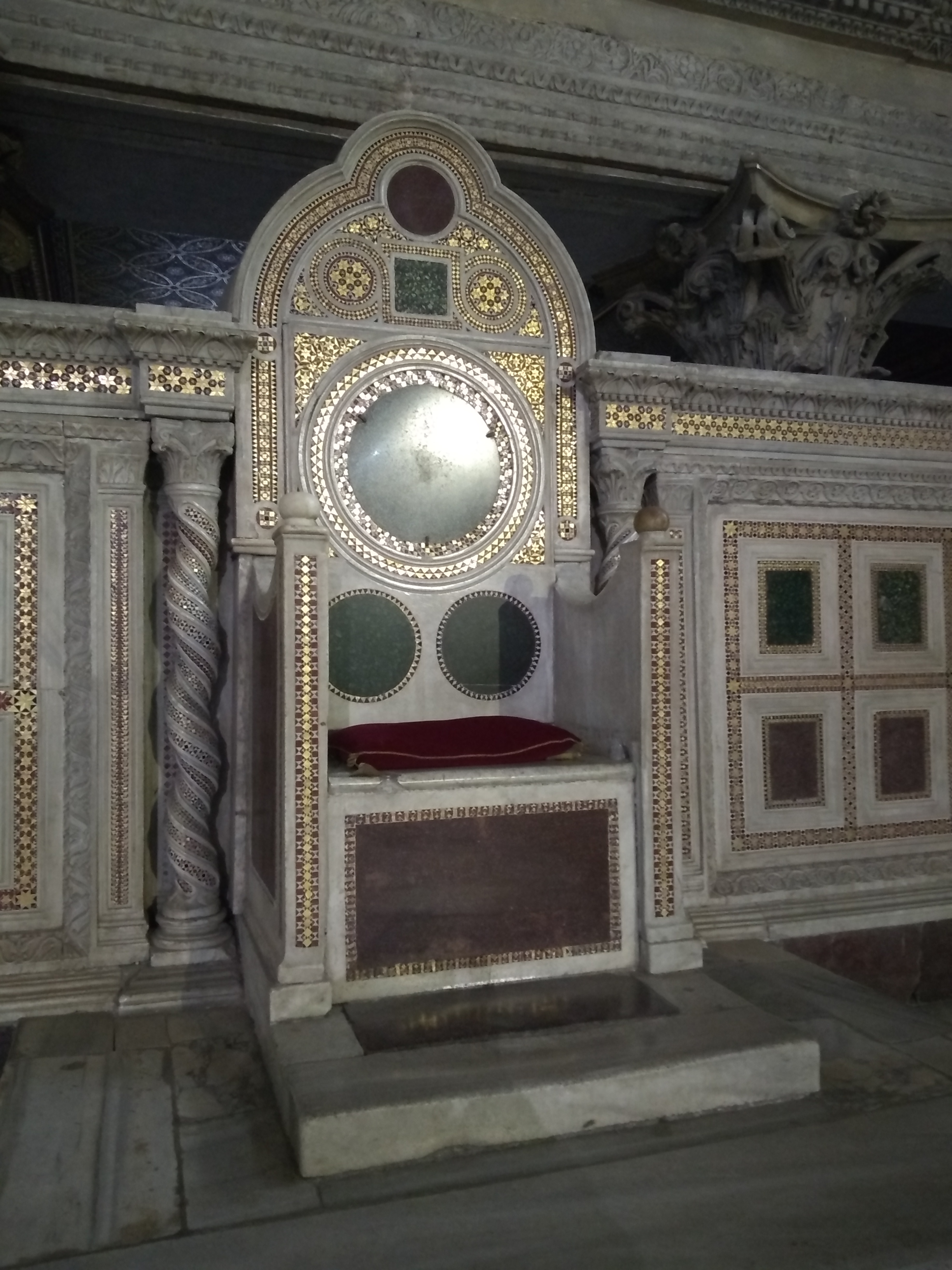
So you can see, having the “presider’s chair” on the central axis is quite an aberration. Only the Pope should sit in that place, because He is the Vicar of the Living God. The parish priest or Bishop should have a little humility and remember this.
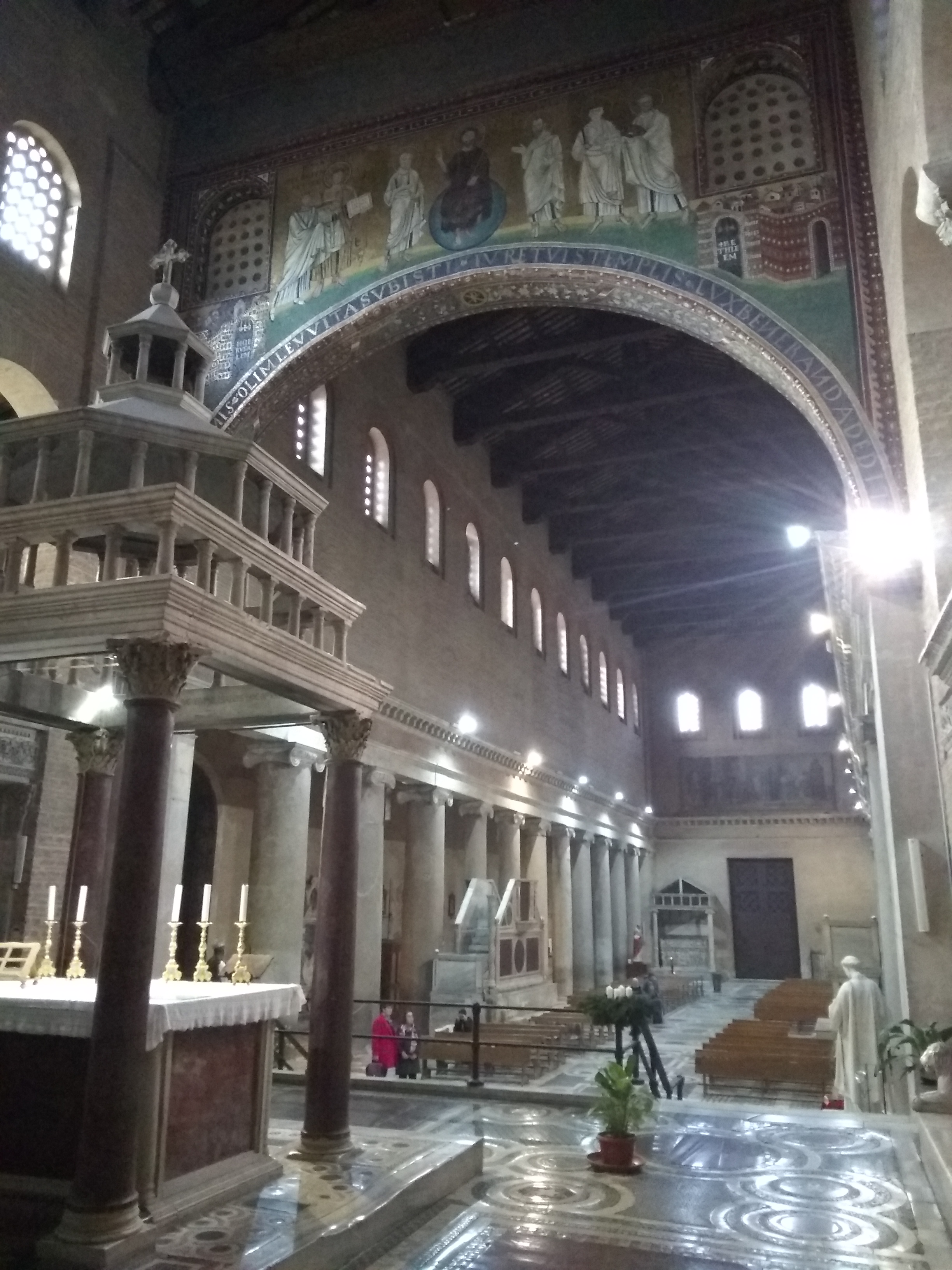
Let’s now make our way to the Crypt, which is the goal of every pilgrim!

The Crypt consists of a huge marble sarcophagus enclosed in Iron Bars. This is the very tomb of the Saint, who has lain here for 18 centuries. The Bars were to keep pilgrims from stealing parts of the tomb.
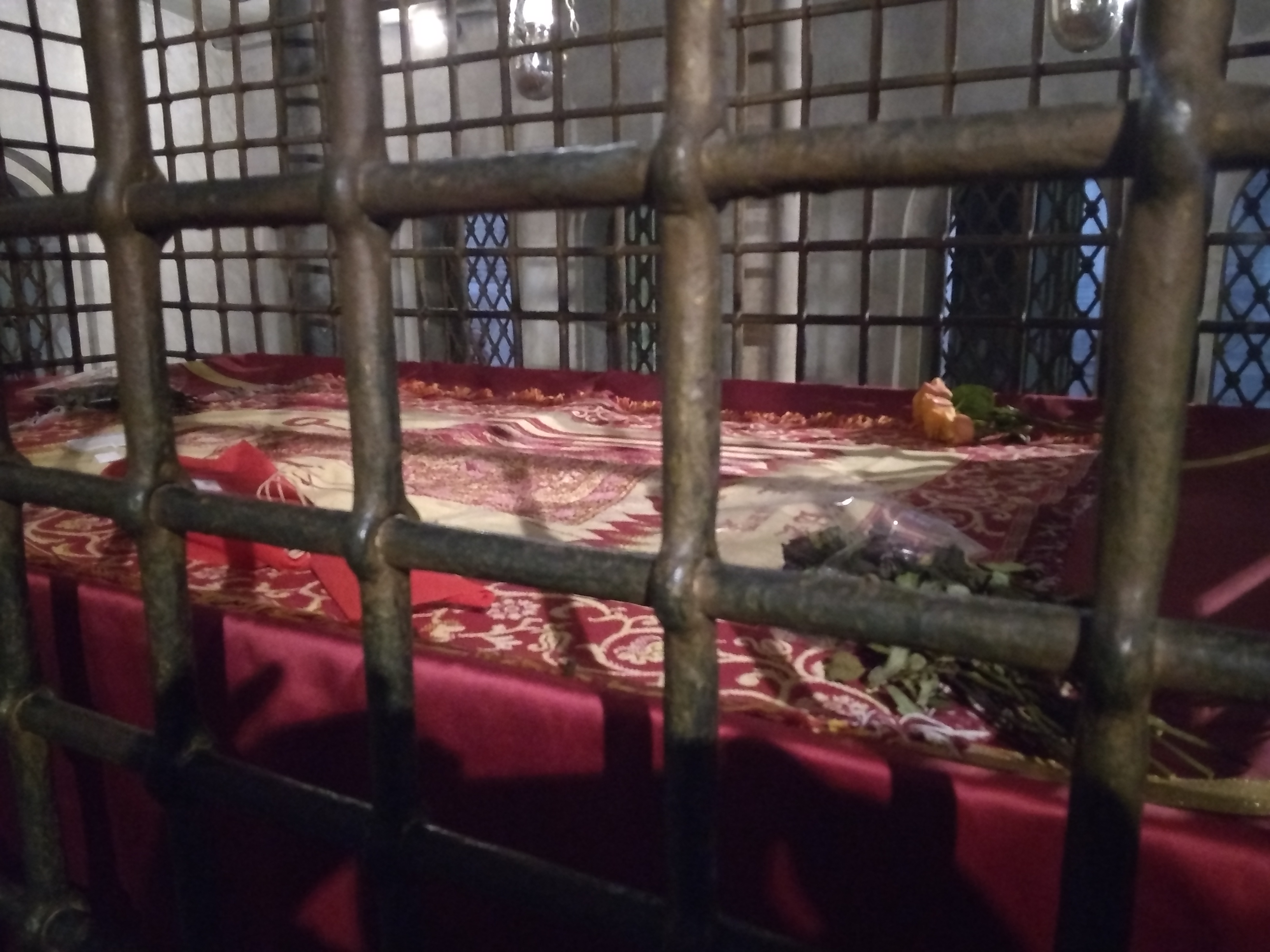
The Tomb is covered in a Red Tapestry depicting Saint Lawrence. Red is because he shed his blood for Christ!
And if you stick your hand through the bars, you can take a photo of the Icon of the Saint, which sits at the head of his resting place.

This icon is modern and in the Greek Style.
Here is a prayer for Deacons, who come here on Pilgrimage:
O GLORIOUS SAINT LAWRENCE,
who in your duties as a Deacon kept ever in mind,
first and foremost,
that love of Christ’s poor was the principal and essential duty of every Deacon:
deign we beg you, to obtain for us the grace
to open our hearts to those who are truly poor,
and the prudence to distribute the alms of the faithful,
wisely and mercifully to those in need. Amen.
______
CREDITS: These photos are by Br. Bugnolo who releases them to the public domain so that Catholics everywhere can see the glories of their Faith, even if they cannot come to the Eternal City to see them in person.




